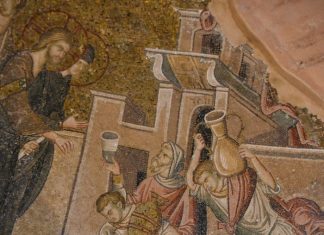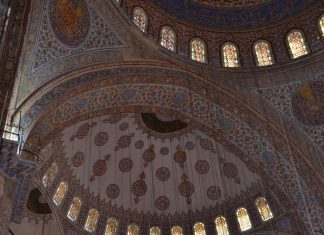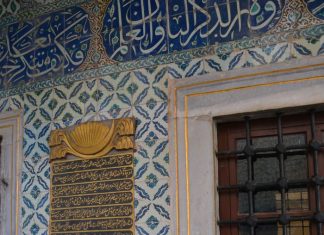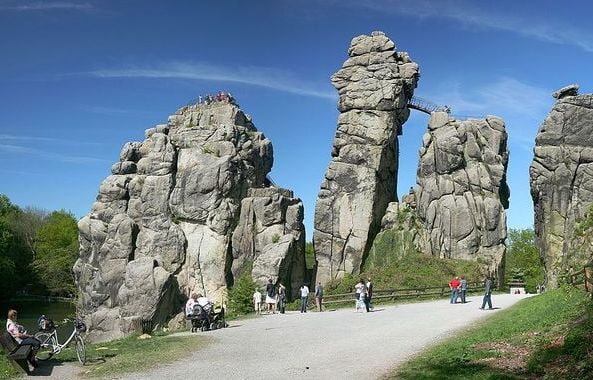The Oversupply of Clergy
A simple calculation shows that in Greece there is roughly one priest for every two hundred people. This means the clerical profession is crowded,...
The King and His Faith
King George of Greece is a Protestant. He is the son of King Christian of Denmark, who was often called “the father-in-law of Europe.”...
The Queen Olga Controversy
The Riot and Its Consequences
The translation of the Bible into modern Greek caused a serious crisis in Athens. The controversy escalated into violence, and...
Smyrna The Martyr Church
Smyrna was known as the martyr church, which means it was a church that suffered and lost lives for Christ. The name Smyrna means...
Ephesus A Beautiful and Important City
Ephesus was not just a beautiful city; it was the most important city in the province of Asia. It was called the "Vanity Fair...
The Temple of Diana in Ephesus
At the site of the old Temple of Diana, a foundation of charcoal and skins was laid over a low, marshy area. Alexander the...
Financing and Monumental Achievements at Ephesos
Excavation Budget and Key Supporters
The excavation budget, approximately 9 million Austrian shillings, is sourced from government funds, funds promoting scientific research, and donations by...
Sustaining Ephesos
Post-World War II Challenges
After the Second World War, the situation for Austrian researchers at Ephesos was challenging. Only eight years after the war’s conclusion...
Ephesos An Ancient Metropolis
Exploration and History
Ephesos, located on Turkey’s west coast, served as the former capital of the Roman province of Asia and held the distinction of...
Palace Weddings on the Ottoman Dynasty
Shows and fireworks on the Golden Horn
That day the heart of Istanbul and of the empire was beating at this procession.
The participants wore their...













